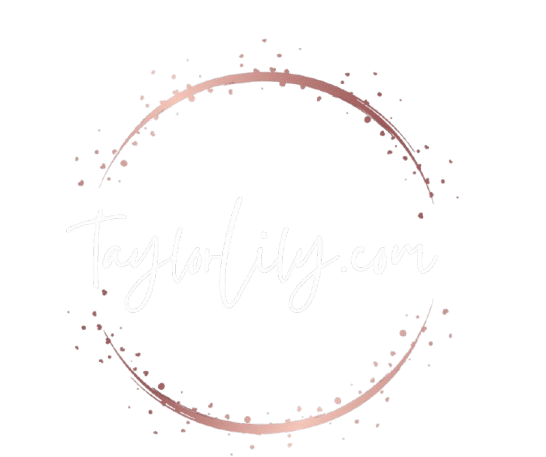Logical Data Fabric Hey there, fellow tech enthusiasts! I’m Lilly, a 24-year-old blogger, and I’m excited to dive into the world of logical data fabric. As I was scrolling through my search history, I noticed that people are searching for this term more frequently. So, what is logical data fabric, and why are people asking about it Logical data fabric is a term that refers to a unified, logical representation of an organization’s data assets. It’s like trying to find a needle in a haystack, but instead of a physical object, you’re searching for a logical connection between different data sources. Think of it like trying to find the missing piece of a puzzle once you have all the pieces in place, you can see the bigger picture. So, why would someone ask about logical data fabric Well, it’s because they’re looking for a way to integrate their data sources, streamline their data management, and gain insights from their data. It’s like trying to find the perfect recipe for your favorite dish you need the right ingredients, in the right proportions, to create something amazing. In this case, the ingredients are your data sources, and the recipe is the logical data fabric. Here are some key benefits of logical data fabric Unified data management With logical data fabric, you can manage your data from a single source, reducing data silos and improving data quality. Data integration Logical data fabric allows you to integrate your data sources, making it easier to analyze and gain insights from your data. Improved data governance By having a unified view of your data, you can better govern your data and ensure that it’s accurate, complete, and secure. Enhanced analytics With logical data fabric, you can analyze your data more effectively, gaining deeper insights and making better decisions. Let me give you an example of how logical data fabric can be used in real-life scenarios. Imagine you’re a marketing manager at a large retail company, and you’re trying to analyze customer behavior. You have data from different sources, such as customer surveys, purchase history, and social media interactions. With logical data fabric, you can integrate these data sources, creating a unified view of your customers’ behavior. This allows you to identify patterns and trends, and make data-driven decisions to improve your marketing strategy. So, how can you get started with logical data fabric Here are some steps you can take Identify your data sources Start by identifying the different data sources you have, such as databases, spreadsheets, and files. Assess your data quality Evaluate the quality of your data, looking for inconsistencies, inaccuracies, and missing values. Design your data model Create a data model that represents your data in a logical and consistent way. Implement your data fabric Use tools and technologies to implement your data fabric, integrating your data sources and creating a unified view of your data. And that’s it! I hope this post has given you a better understanding of logical data fabric and its benefits. If you found this post helpful, I’d really appreciate it if you could do me a solid and buy me a coffee (https://gofundme/f40c797c). Your gift can be the catalyst for change, empowering me to create more valuable content for you. A single dollar can be the heartbeat of a generous spirit, or a sweet journal or planner with stickers. Writing these blogs takes time, and it helps keep things running while sharing value with you! Donate via the link, $1 helps. Thanks for reading, and I’ll see you in the next post!

Tech
how to search for archived emails in outlook – TaylorLilly.com
Learn how to search for archived emails in Outlook with ease, and never miss a crucial message again Discover the simple steps to find and retrieve archived emails in this stepbystep guide







